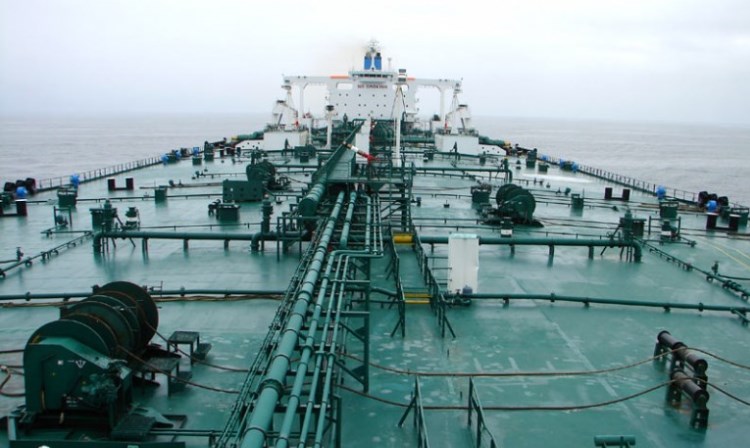COMPANY NEWS
Why Cargo Tank Atmosphere Evaluation is Done on Tanker Ships?

Merchant ships are categorized on the basis of the cargo they carry. The two basic pool of cargo ships are – 1. dry ships, comprising of container ships, general cargo ships, bulk carrier ships etc., and 2. tanker ships or wet ships such as oil tanker, chemical tanker, gas carriers etc., which carry cargo of hazardous nature in liquid, vapor or solid form.
The cargo carried in later type of the ship i.e. tankers is much more hazardous and reactive than that carried by dry ship. It’s therefore very important that the tanks which carry such cargo are of approved types and as per the requirements of different safety codes such as – IGC, IBC, IMDG etc.
Tank Atmosphere
The atmosphere inside cargo spaces of tanker ships can be one or combination of the following:
- Flammability
Flammability is a primary risk in the handling of oil and petroleum cargoes. This can be further classified into :
Non Volatile Cargo: With a flash point of 60° and above as determined by the closed cup method of testing
Volatile Cargo: With a flash point of below 60° as determined by the closed cup method of testing
- Toxicity
This factor defines how much the substance being carried is unsafe when touched, swallowed or inhaled by humans. Chemical cargoes carried in bulk are normally toxic in nature. Gas generated from the oil/ petroleum product can be considered as toxic as they contain HC which is harmful for humans.
- Polymerisation
This factor is considered for chemical cargo and a type of self-reaction wherein the gaseous or liquid cargo converts in to viscous liquid or solid. This process is harmful for the cargo itself.
- Reactivity
Reactivity with air, water, other cargo: Some chemical cargoes (for e.g. isocyanates) may react with water and form toxic vapours or may damage the cargo equipment or tank in which they are stored.
Some cargo (for e.g. ethers and aldehydes) reacts with air and form unstable oxygen compound which may lead to explosion
Chemical cargoes if stored together without knowing the result may react with each other and may lead to fire, explosion, release of toxic vapour and damage to cargo tanks and equipment. It is important to separately carry each type of cargo as in chemical tankers, even a bulkhead separation is considered as unsafe. Two different cargoes need to have a void space or cofferdam between two tanks to avoid such reaction
- Oxygen Deficient
Most of the oil and chemical cargo are carried under inert condition for safety of ship and crew. The oxygen content in the tank is decreased to safe level for the cargo by “inerting” the tank. Even after emptying the cargo, the oxygen level will remain at dangerously low level unless the tank is prepared by use of fresh air supply and monitoring equipment for continuous checking of O2 level
- Corrosive
Some cargoes (for e.g. Sulfuric acid) is highly corrosive to most metals and hence can effect the internal structure of the tank and cargo equipment. They are normally carried in stainless steel tanks but it is important that before loading, the tank is free from water, chlorides, foreign particle or any previous cargo residue. The tank can be passivated using nitric acid which builds a passive layer of chromium oxide helping in protection from corrosion.
Hence requirement for controlling the tank atmosphere largely depend on:
- Type of Cargo to be carried
- Variety of cargo to be carried at the same time
- System and machinery fitted to maintain the required atmosphere condition
- Condition of Tank coating, if applicable
- Type of protection (inerting/ passive layer etc.) in the tank
- Importance of Tank Atmosphere Evaluation
A cargo tank of a tanker ship is the most important and highly dangerous space onboard ships as it carries cargo worth millions of dollars and has high risk of explosion, spillage, fire, health hazard etc.
It is important to evaluate the atmosphere of the cargo tanks because of the following reasons-
- Before entering for inspection as it is an enclosed space.
- Before entering for repair work
- Before taking a ship to dry dock or shipyard
- Before gas-freeing operation
- Before “Inerting” the tank
- Before doing purging operation
- Before loading new cargo in the tank
- Before Washing the Cargo Tanks
- Before performing Wall test in chemical Tankers
Source: Marine Insight
